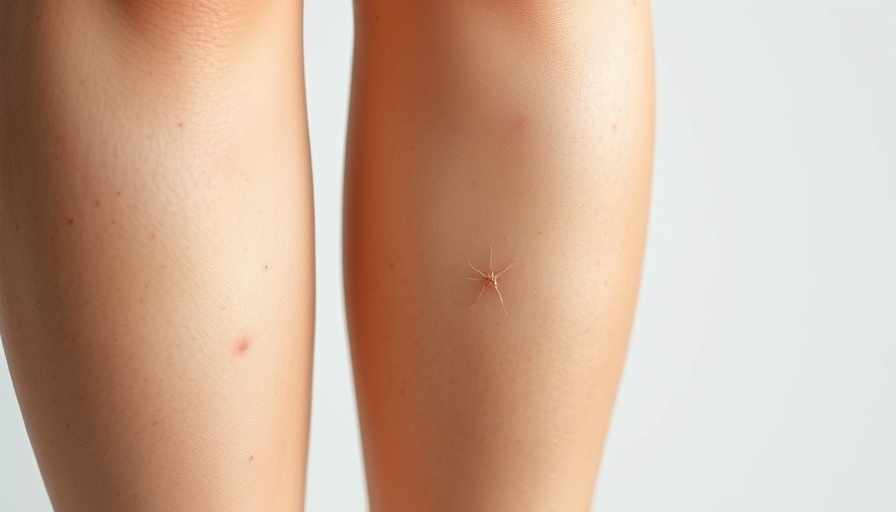
Understanding Spider Veins: What Are They?
Spider veins, also known as telangiectasias, are a cosmetic issue that affects a significant portion of the adult population. Approximately 50% of women and 40% of men will develop spider veins at some point in their lives. These thin, red, blue, or purple veins are typically harmless; however, they can make individuals feel self-conscious about their appearance. Most commonly found on the legs and face, spider veins are often caused by factors such as genetics, obesity, hormonal changes, prolonged standing or sitting, and even sun exposure. Additionally, during pregnancy, the pressure from the growing uterus can lead to their development, affecting many expectant mothers.
Who Is At Risk?
While spider veins can occur in anyone, certain populations are at a higher risk, particularly women as they age. Occupations that require long periods of standing, such as nursing, teaching, or retail work, can also predispose individuals to spider veins. This increased risk is largely due to the added pressure on the veins, causing them to stretch and become more visible. Understanding these risk factors can empower individuals to take preventive measures or seek treatment early.
Your Pathway to Treatment: Exploring Options
Although spider veins are not medically harmful, many individuals seek treatment for aesthetic reasons. Fortunately, various effective treatment options are available, ranging from non-invasive to minimally invasive techniques.
Laser Therapy: A Non-Invasive Solution
Laser therapy is one of the most popular treatments for spider veins, especially on the face. This *non-invasive* option employs focused light energy to target and collapse the affected veins without the need for surgery. The advantages of laser therapy include minimal downtime, as patients can typically return to their daily activities shortly after the procedure. Side effects including slight redness or swelling usually resolve within a week, making it a convenient choice for busy individuals.
Sclerotherapy: A Tried and True Method
Sclerotherapy involves injecting a solution directly into the spider veins, causing them to collapse and eventually fade from view. This method has been used for decades and is effective for treating larger areas of spider veins during a single session. Although it is minimally invasive and does not require anesthesia, patients may experience slight swelling or bruising at the injection sites, which typically subsides within days.
The Emotional Impact of Spider Veins
Beyond physical appearances, the existence of spider veins can lead to significant emotional distress for some individuals. Feeling self-conscious may deter people from wearing shorts or skirts, leading to decreased social interactions in warmer weather. Recognizing the emotional impact of such cosmetic concerns is vital in addressing overall health and wellness.
Taking Charge of Your Health and Wellness
For individuals grappling with spider veins, understanding your options is key to fostering a healthy mindset as part of a broader approach to health and wellness. Communities increasingly recognize the importance of health and wellness education, which can empower individuals to make informed treatment choices for spider veins and beyond. Seek out resources such as health and wellness centers or informative articles that can provide additional insights into maintaining optimal health.
Conclusion: A Call to Embrace Change
Spider veins are a common and manageable skin condition. If you find yourself dealing with this issue, consider consulting a healthcare professional to explore your treatment options. Whether choosing laser therapy or sclerotherapy, you hold the power to change how you feel about your body.
Let's embrace our journey towards health and wellness together! Igniting change and making informed choices starts with you. For those looking for local resources, explore health and wellness centers in your area that offer a variety of services tailored to enhance your overall well-being.
 Add Row
Add Row  Add
Add 




 Add Row
Add Row  Add
Add 


Write A Comment